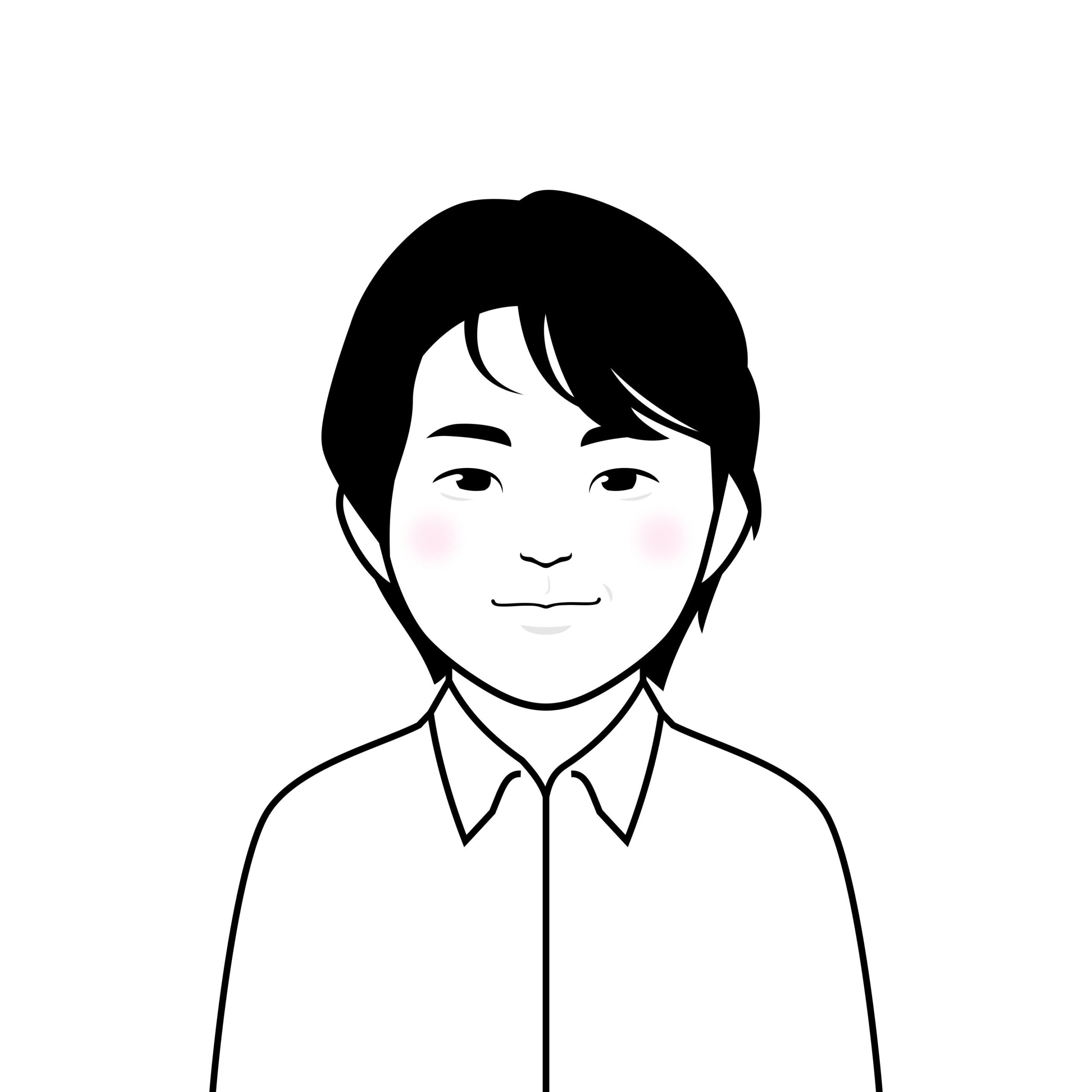Our Professionals


PhD in Engineering
Tsubasa SASAKI
| Education | -PhD (Civil Engineering), the University of Cambridge -Master's degree (Civil Engineering), the University of Tokyo -Bachelor's degree (Civil Engineering), the University of Tokyo |
|---|---|
| Qualifications | -Doctor of Philosophy (Civil Engineering) -TOEIC 990 (perfect score) |
| Languages | -Japanese (native) / English (professional working proficiency) |
| Experience | -Visiting Scholar,the University of California, Berkeley (2017-2019) -Postdoc, Lawrence Berkeley National Laboratory (2019-2023) - SK IP Law Firm (2023.12-) |
| Practice | Machinery / Electronics / Controller / IT / Software / Communication |
| Biography | I grew up in northeast Japan and went to school at ‘KOSEN’, an advanced Engineering school, to learn Mechanical Engineering. At KOSEN, I learned designing and computer-programming a robot arm that does a saluting gesture for greeting school visitors. After KOSEN, I transferred to the University of Tokyo where I switched my area from Mechanical to Civil Engineering, as my interest shifted to designing resilient infrastructure after experiencing first-hand the 2011 Tohoku earthquake and tsunami as a resident in the Tohoku region. At the University of Tokyo, my undergraduate and postgraduate research focused on laboratory testing of sand to investigate its strength against strong earthquake motions and reinforcing sand against earthquakes with bacteria forming interparticle calcite bonding. After earning my master’s degree, I shifted my focus onto infrastructure monitoring with advanced fiber optic sensors, undertaken as PhD research at the University of Cambridge in England. In my PhD, I developed a new fiber optic cable for detecting damage in energy infrastructure, such as oil and gas wells, to prevent catastrophic blowout. The experience in monitoring at Cambridge led me to the numerical simulation of another energy infrastructure (i.e., a geological nuclear waste repository) at Lawrence Berkeley National Laboratory (LBNL) in the United States. At LBNL, I numerically modelled how the subsurface structure could fail in an extremely long period (e.g., ~100,000 years). As described in my experience above, I’ve covered a broad range of technical areas driven by my curiosity and desire to constantly learn new things that could make this world a better place. I continue to do so here at SKIP by using my strengths and skills to help protect our inventors’ rights to their world-changing inventions. |
Please contact us by this e-mail
info@skiplaw.jp
